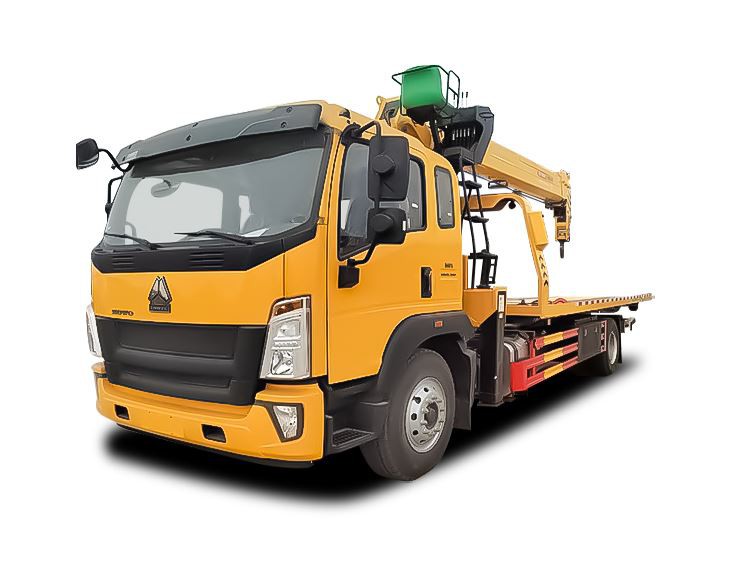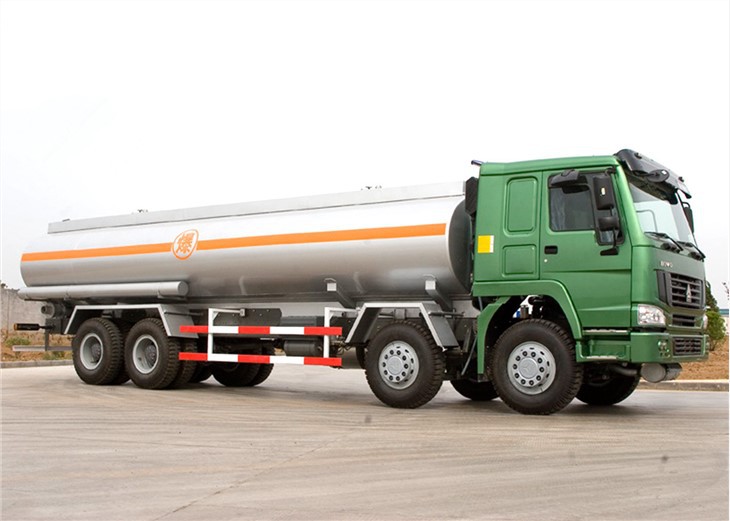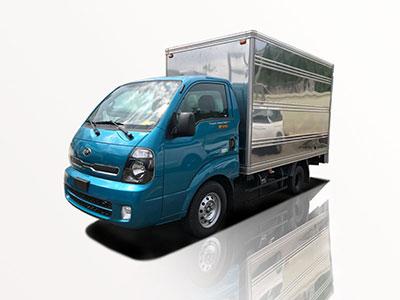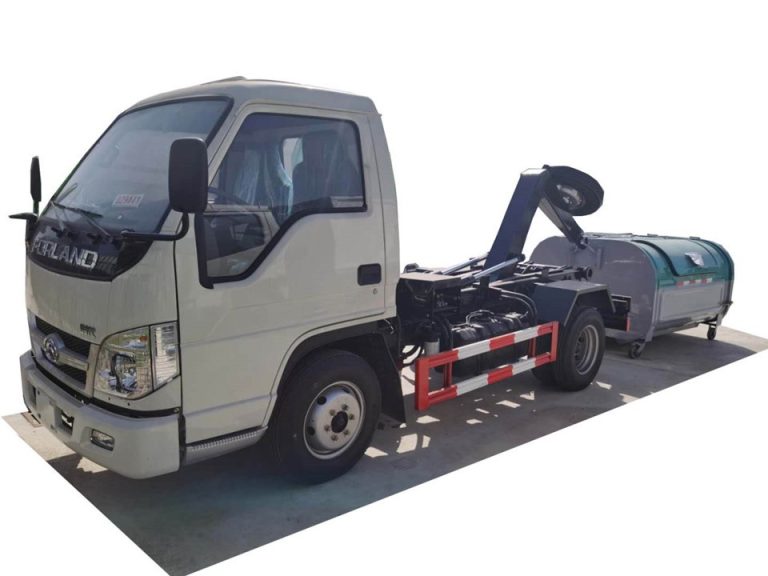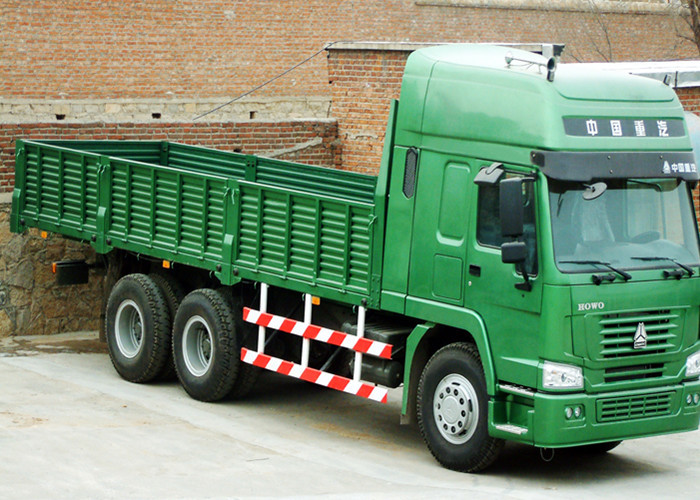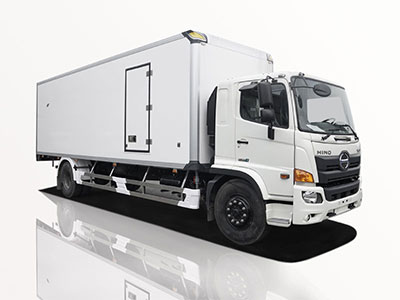Introduction
Garbage compactors play a crucial role in waste management, especially in commercial settings where space is at a premium. These machines help reduce waste volume, making disposal and recycling more efficient. However, like any mechanical device, they require maintenance and occasionally need replacement parts. In this article, we will delve into the various garbage compactor parts, their functions, proper maintenance tips, and how to troubleshoot common issues. Understanding these components can not only enhance the life of your compactor but can also save you money in the long run. Let’s explore the essential parts of garbage compactors and how they work together to improve waste management.
The Anatomy of a Garbage Compactor
What is a Garbage Compactor?
A garbage compactor is a machine that compresses waste material into a smaller volume. It aids in effective waste management, allowing for efficient transportation and reducing landfill waste. Understanding the parts that make up this machine is vital for proper usage and maintenance.
Main Components of a Garbage Compactor
Every garbage compactor consists of several key parts that work harmoniously to perform its function. Understanding these components is the first step in effective maintenance and repair.
1. Compaction Chamber
The compaction chamber is where the waste materials are loaded and compressed. It’s often made of strong, durable materials to withstand the pressure during compaction.
2. Compactor Ram
The ram is the heart of the compactor, driving down on the waste materials to compress them. It plays a vital role in achieving the desired reduction in volume.
3. Hydraulic System
The hydraulic system is responsible for powering the ram. It typically includes a pump, cylinders, and hoses that work together to generate pressure and movement.
4. Control Panel
The control panel allows the operator to manage the compactor’s settings, including the cycle time, pressure levels, and safety features. It’s essential for ease of use and effective operation.
5. Door Mechanism
The door mechanism secures the compaction chamber while in use. It generally includes latches and hinges that need to be maintained to ensure safety during operation.
6. Safety Features
Garbage compactors come with various safety features, such as emergency stops, safety interlocks, and overload protection systems. These prevent accidents and ensure safe operation.
Types of Garbage Compactor Parts
Replacement and Repair Parts
Knowing which parts may need frequent replacement or repair can save you time and money. Below are some of the most commonly replaced parts in garbage compactors.
1. Compactor Ram Seals
Seals help prevent hydraulic fluid leaks and maintain proper pressure within the system. Over time, these seals can wear out and must be replaced to ensure optimal performance.
2. Hydraulic Oil
Hydraulic oil is essential for the proper functioning of the hydraulic system. Regularly checking and replacing the oil can prevent system failures.
3. Control Panel Components
Switches, timers, and fuses in the control panel may become faulty and require replacement. It’s essential to have compatible parts for efficient operation.
4. Door Latches and Hinges
Wear and tear on door mechanisms can lead to safety hazards. Regular inspection and timely replacements are crucial to prevent malfunctions.
5. Electrical Components
Wiring, circuit boards, and motors can fail due to corrosion or shorts. Ensuring these parts are in good condition aids in the reliable operation of the machine.
6. Safety Features
Replacing or repairing safety features like emergency stops or interlocks is critical to preventing accidents during operation.
Maintaining Garbage Compactor Parts
Regular Maintenance Practices
Routine maintenance is crucial for the longevity and performance of garbage compactors. Here are some fundamental practices to keep in mind.
1. Scheduled Inspections
Conduct regular inspections of the compactor components to identify wear and tear. Check seals, hydraulic fluid levels, and electrical connections.
2. Cleaning
Regularly cleaning the compaction chamber and exterior prevents build-up that can cause operational issues. Use non-abrasive cleaners to avoid damaging the surfaces.
3. Lubrication
Lubricating moving parts such as hinges and bearings reduces friction and wear. Use the manufacturer’s recommended lubrication to ensure compatibility and effectiveness.
4. Hydraulic Fluid Replacement
Replace hydraulic fluid as per manufacturer guidelines to prevent pump and ram failures. Keeping the hydraulic system clean is essential for efficient operation.
5. Checking Safety Features
Test safety features regularly to ensure their proper functioning. Any faulty or worn-out safety components should be replaced immediately to maintain a safe environment.
Troubleshooting Common Issues
Typical Problems Encountered
Garbage compactors may experience various issues over time. Here’s a look at common problems and how to troubleshoot them.
1. Compactor Does Not Start
If your compactor won’t start, check the power supply first. Ensure the circuit breaker hasn’t tripped and that all fuses in the control panel are intact.
2. Hydraulic System Leaks
Fluid leaks in the hydraulic system can often be traced back to worn seals or damaged hoses. Inspect these components for any signs of damage and replace them promptly.
3. Poor Compaction
If you notice inadequate compaction, a lack of hydraulic fluid or malfunctioning rams may be to blame. Review the hydraulic system to ensure proper functionality.
4. Noise During Operation
Unusual noises can indicate issues with the motor or hydraulic pump. Inspect these components and replace any damaged parts immediately.
Purchasing Garbage Compactor Parts
Where to Buy Parts
Buying the right parts is essential for successful replacement and repair. Here are some options for obtaining garbage compactor parts.
1. Manufacturer’s Website
Purchasing directly from the manufacturer ensures that you get genuine parts compatible with your compactor model. Always check the model number before ordering.
2. Authorized Dealers
Authorized dealers often carry a wide range of parts and can provide valuable insights into your specific compactor needs.
3. Online Retailers
Online marketplaces also offer various compactor parts, often at competitive prices. Ensure you verify seller ratings and product compatibility.
4. Local Repair Shops
Your local repair shop may offer parts and installation services, making it a convenient option for repairs.
Cost Considerations for Garbage Compactor Parts
Understanding Costs
The cost of garbage compactor parts can vary significantly based on several factors including brand, type, and location. Here’s a breakdown of cost considerations.
1. Type of Part
Essential parts like seals and hydraulic fluid tend to be less expensive than major components like motors or control panels. Understanding the necessity of each part can help in budgeting.
2. Brand Reputation
Aftermarket parts are often cheaper, but their quality may not match that of original parts. Investing in high-quality parts may reduce future issues.
3. Labor Costs
If you’re outsourcing repairs, consider the labor costs in addition to parts. Some parts replacements, such as hydraulic systems, may require professional assistance.
Practical Examples of Garbage Compactor Parts in Use
Case Study: Restaurant Waste Management
In a busy restaurant setting, a commercial garbage compactor can reduce waste volume significantly. For example, a restaurant using a compactor can manage 5-7 bags of trash daily. They rely on the compactor’s ram and hydraulic system for effective operation. Regular inspections and timely replacement of seals help maintain their compactor, leading to lower waste removal costs and improved efficiency.
Tip: Keeping Track of Maintenance Records
Here’s a practical tip: Keeping a detailed maintenance record can assist in tracking how often parts are replaced. This documentation can guide future purchasing decisions and improve overall equipment reliability.
Frequently Asked Questions (FAQs)
1. How often should I replace garbage compactor parts?
The frequency of replacement varies depending on usage. Regular inspections should guide you on when to replace worn-out parts, typically every few months to a year.
2. Can I repair a garbage compactor myself?
Basic maintenance tasks can often be done by users, but complex repairs, especially on the hydraulic system, should be handled by professionals.
3. What are the signs of a failing hydraulic system?
Common signs include fluid leaks, strange noises during operation, and inadequate compaction. These signs indicate it’s time for inspection or repair.
4. Are aftermarket parts reliable?
Aftermarket parts can be reliable, but quality varies. It’s crucial to research the supplier and ensure compatibility with your compactor model.
5. What should I do if my compactor is making unusual noises?
Investigate the source of the noise immediately. It may indicate a problem requiring professional assessment, particularly with the motor or hydraulic pump.
6. How can I extend the lifespan of my garbage compactor?
Regular maintenance, timely replacement of parts, and ensuring appropriate usage according to manufacturer guidelines can significantly extend the lifespan of your compactor.
